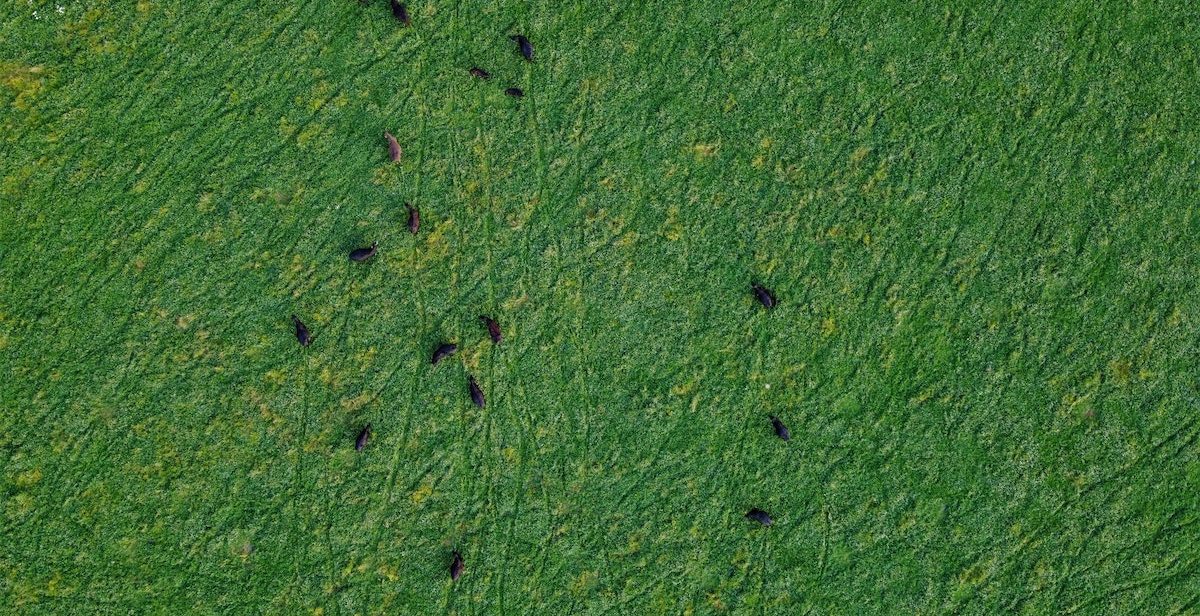Have you heard of greenwashing and wondered what it is? Then read on.
Environmentalist Jay Westerveld invented the term in 1986. He noticed the hotel industry promoting reusing towels for the environment. But he knew it was really a cost-saving measure.
Greenwashing means making people believe you are working harder to protect the environment than you really are.
It’s a deceptive marketing practice involving unsubstantiated claims about sustainability. And companies trick customers into believing that by buying their products, they will be positively impacting the planet.
This undermines the companies that are truly seeking sustainability. It makes it harder for consumers to make eco-friendly decisions with their purchases. And it erodes consumer trust in genuinely sustainable brands.
More awareness
The good news is that more and more people are aware of greenwashing. But as public awareness rises, so does greenwashing.
As companies rush to exploit a new consumer base, it’s more important than ever to be aware of it. After all, consumers put pressure on companies to reduce their environmental impact.
What about Volkswagon?
You may have heard about Volkswagen. The company cheated on its emissions tests by using software that reduces emission levels. The car giant marketed its low-emissions features while its engines exuded up to 40 times the allowed pollutant limit.
Other huge companies such as Coca Cola and BP are well known for their greenwashing.
So how do you spot greenwashing?
Companies that greenwash might:
- use meaningless words and imagery to give the impression of being sustainable. Terms such as ‘all-natural’, ‘eco-friendly’, and ‘farm fresh’ are often signs of greenwashing. Eggs laid by hens kept in crowded indoor pens can be labeled ‘cage-free’.
- highlight a single sustainable component. For example, a company may promote that it no longer uses plastic straws while continuing to use plastic cups.
- declare to be greener than the rest, even if the competition is pretty terrible
- claim things that are not credible. For example, a company may promote its ’eco-friendly’ cigarettes to make them sound safe
The use of colour and images
When you see the colour green and images related to nature such as trees, animals, or the earth, take a closer look. Things aren’t always what they seem.
Choose a company that provides verifiable data to back up its claims. The ‘about us’ section on a website often gives such information. And look for reputable third-party certifications, such as Fairtrade or FSC certified.
We can all do out bit. Reduce how much you spend with companies that practice greenwashing. And invest your money in companies making genuine efforts to reduce their environmental impact. After all, our most powerful tool is our money.

